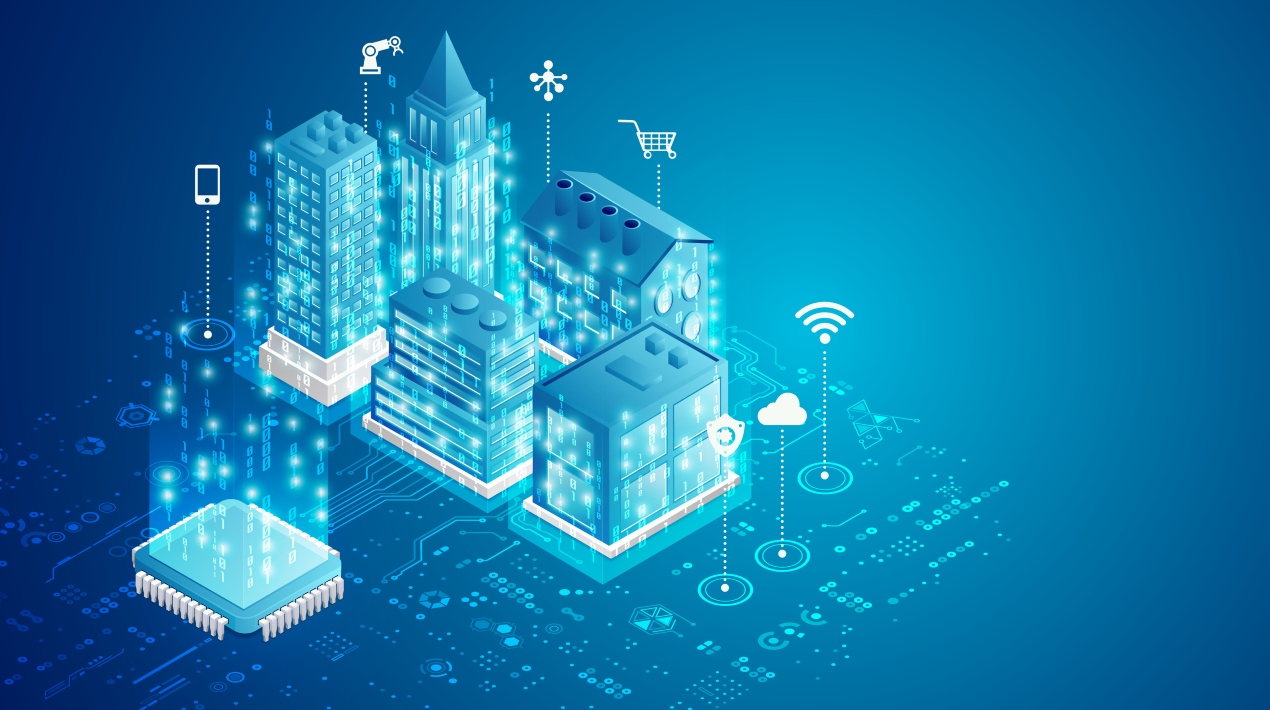
Indonesia aims to be one of the world’s top ten economies by 2030. To support the goal and boost the industry’s contribution to GDP (GDP), the country then accelerated the Making Indonesia 4.0 project. It is an integrated roadmap for preparing the national initiative to face the digital industrial era.
“Making Indonesia 4.0 is expected to boost GDP growth by 1% to 2% each year between 2018 and 2030, resulting in the creation of more than 10 million new employment and increasing the manufacturing sector’s contribution to more than 25% in 2030,” said Coordinating Minister for the Economy Airlangga Hartarto in Yogyakarta.
He also expects academia and industry to create collaboration for technological independence and sovereignty. The government has provided PIDI 4.0 facilities, the Indonesia Manufacturing Centre, and the R&D Centre to support cooperation, among other things.
“Universities are also required to leverage the ecosystem to conduct specialised research, as well as to inspire the younger generation to become technical entrepreneurs (technopreneurs) in order to compete with the technology (which underlies) Making Indonesia 4.0. “Specifically, I propose that a technopreneur-ship is one of the keys that may be established on campus, including at UGM, particularly in the Faculty of Engineering,” Airlangga added.
Next, the national industry must also prepare for the Society 5.0 period, which envisions people’s lives becoming more computerised. Several technologies, including Edge Computing, Big Data Analytics, and the Internet of Everything, must be developed toward Society 5.0.
“The Indonesian government is also preparing Nusantara Capital City to be (an example of constructing) a smart city capable of preparing its residents for the Society 5.0 age,” Airlangga revealed.
As an additional goal, the government is working to speed the national energy transition by reducing fossil fuel usage and creating New Renewable Energy-based Power Plants such as wind turbines and solar panels. This energy transformation endeavour undoubtedly necessitates the development of new and cost-effective technologies, such as carbon capture and storage.
Airlangga indicated that Indonesia still relies on imports of industrial raw materials/supporting goods. Thus, it is critical to maintaining import substitution programmes by developing technology-based businesses and R&D.
“For example, in the palm oil sector and its derivatives, we have mastered it from upstream and downstream, but in terms of capital goods, capital goods are still imported from outside,” Airlangga explained. “This is also a challenge for the Faculty of Engineering to deepen the machinery industry in the agricultural sector.”
On the other hand, the Ministry of Communication and Informatics encouraged universities to promote digital literacy in society. It fosters partnerships with universities in implementing the Digital Literacy Programme through the Directorate of Informatics Empowerment of the Directorate General of Aptika.
Semuel Abrijani Pangerapan, Director General of Informatics Applications at the Ministry of Communication and Informatics, confiremd that he would continue to enhance digital literacy, notably in the education sector.
A Digital Literacy Programme involving Indonesian colleges aimed to produce a young generation of increasingly digitally adept Indonesians. Promoting digital literacy among students can realise a Cakap Digital Indonesia target.
“This programme has the same goals as universities, namely educating Indonesians and applying the knowledge that has been gained to the community so that the target of digital literacy is extended to rural or rural communities,” explained Semuel.
In 2022, Indonesia’s Digital Literacy Index rose once more. The 2022 Indonesia Digital Literacy Status survey results reveal a 0.05-point gain in the moderate category from 3.49 to 3.54 points in 2021.
















